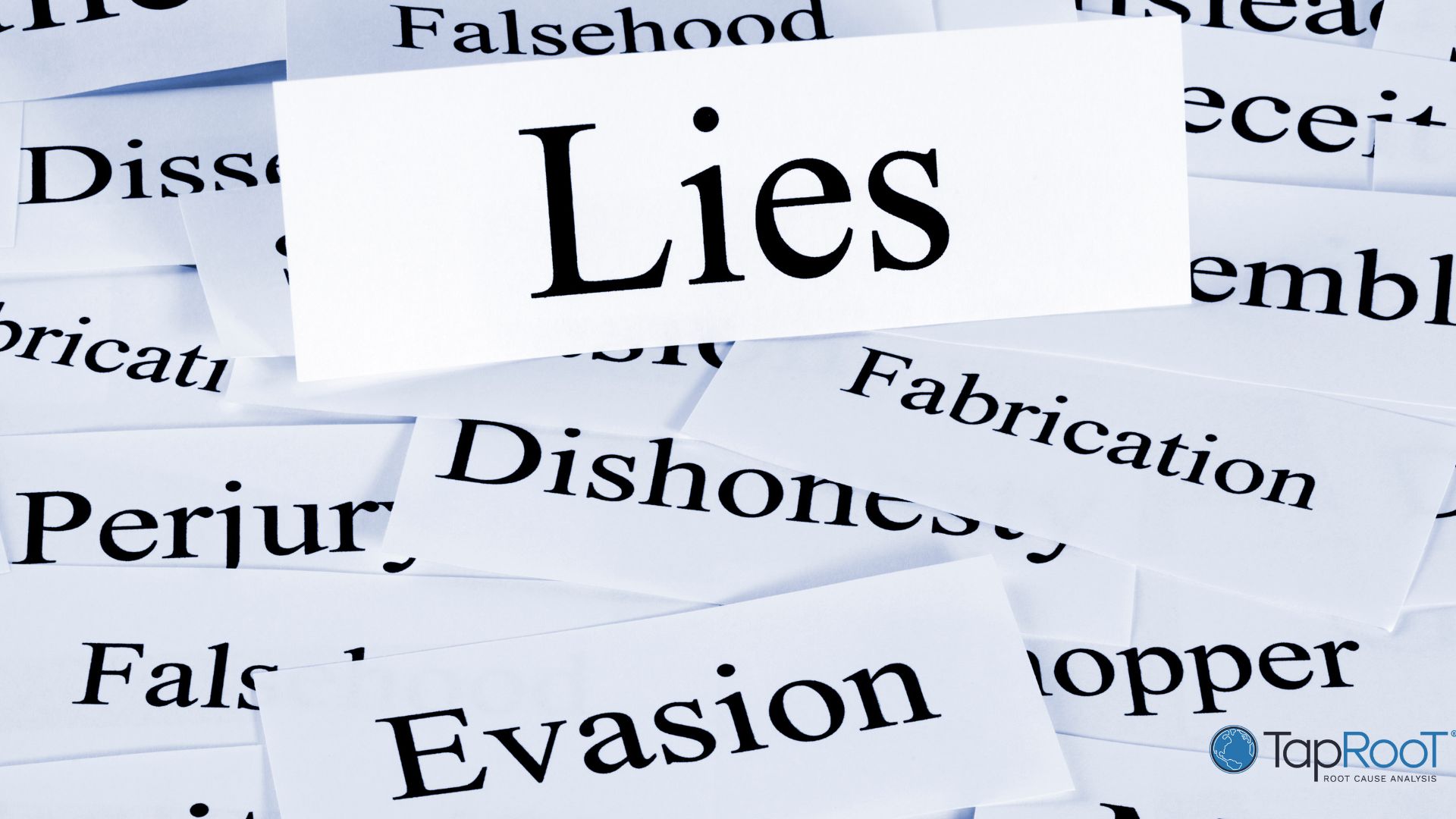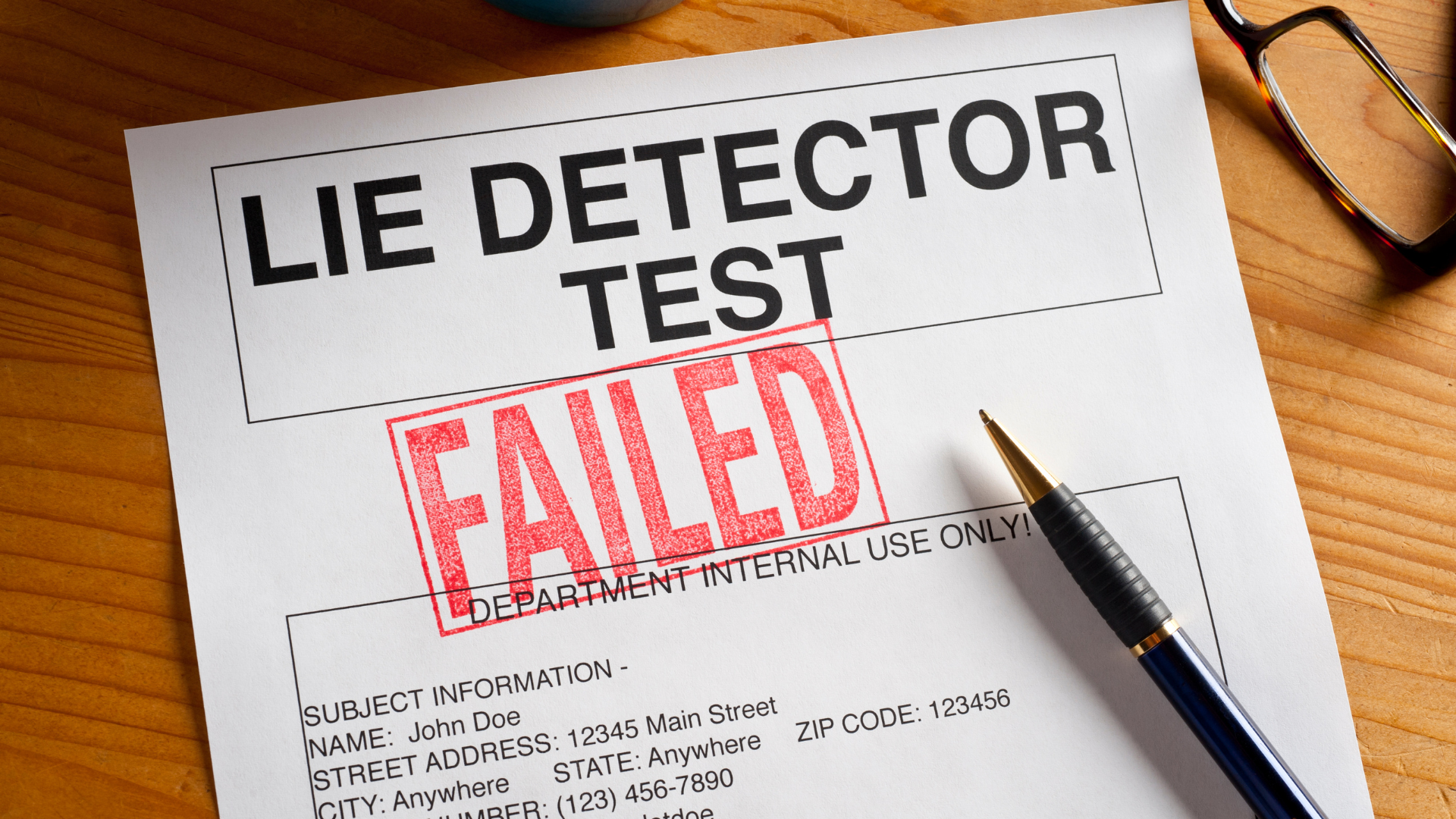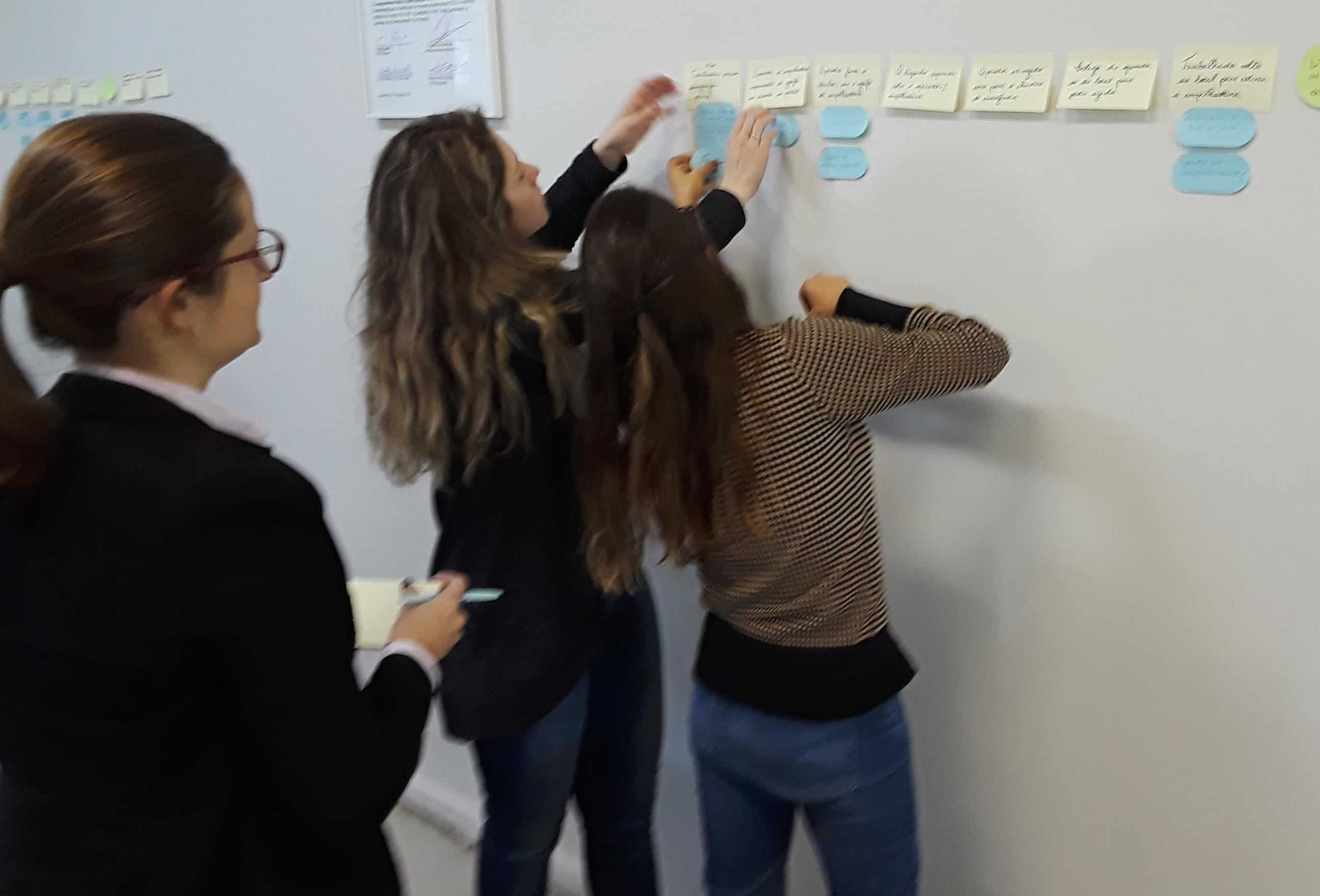Why Do People Lie in Safety Investigations? The Psychology of Dishonesty

When an incident occurs, uncovering the truth is essential for understanding what went wrong and preventing future problems. Yet, investigators often encounter dishonesty during interviews. Why do people lie in safety investigations, and how can we address it? Understanding the psychology behind dishonesty can shed light on this challenge and help investigators navigate these conversations effectively.
The Reasons Behind Dishonesty
People typically lie for a reason, even in high-stakes scenarios like safety investigations. Here are some common psychological motivations why people lie:
1. Fear of Consequences
Fear is one of the most significant drivers of dishonesty. Employees may worry about losing their job, damaging their reputation, or facing legal repercussions if they admit to mistakes.
Example: A worker might deny skipping a safety step to avoid disciplinary action, even if their omission contributed to the incident.
2. Desire to Protect Others
Some lies stem from loyalty. Employees may withhold information to protect coworkers or supervisors from blame or disciplinary action.
Example: A team member might omit a colleague’s actions to avoid tarnishing their record.
3. Cognitive Bias and Memory Distortion
Human memory is fallible. Sometimes, dishonesty isn’t intentional; individuals might misremember events or fill in gaps with assumptions.
Example: A person might recall details inaccurately, believing their version to be true.
4. Embarrassment and Shame
No one wants to admit they made a mistake, especially when the error seems glaring or avoidable. Embarrassment can lead to evasiveness or outright fabrication.
Example: An employee might lie about failing to follow procedures because they feel ashamed of their actions.
5. Perceived Injustice
If employees feel the investigation process is unfair or punitive, they may be less forthcoming.
Example: A worker might withhold information if they believe the company prioritizes blame over improvement.
6. External Pressure
Supervisors or peers may pressure individuals to distort the truth to align with a preferred narrative.
Example: A worker might be coached to downplay equipment issues to avoid implicating management.
7. Self-Preservation Instincts
Beyond fear of consequences, lying can be a knee-jerk reaction to protect oneself when faced with uncertainty or immediate stress. This reaction is often subconscious and rooted in survival instincts.
Example: A worker might deny involvement in an incident, even if evidence suggests otherwise, due to a reflexive fear of judgment.
8. Perceived Norms of the Workplace Culture
If employees sense that dishonesty is tolerated or even expected in certain situations, they are more likely to lie. A toxic culture where blame-shifting or finger-pointing is the norm can exacerbate this behavior.
Example: Employees may lie to align their story with what they think leadership wants to hear.
9. Lack of Clarity About the Process
Sometimes, the reason why people lie is not to deceive but because they don’t fully understand the purpose of the investigation. If they think the process is accusatory rather than fact-finding, they might withhold or alter information.
Example: A worker might downplay their role in an incident because they misunderstand the intent of the investigation as punitive.
What to Do If You Know Someone Is Lying

Before confronting someone, ensure you have verifiable data or witness statements to support your suspicions. This reduces the risk of making unfounded accusations.
Ask Open-Ended Questions
Rather than directly challenging the suspected lie, ask broader questions that encourage the individual to elaborate. This approach often reveals inconsistencies.
Example: “Can you describe what happened after the initial alarm went off?”
Frame Questions Effectively
Avoid leading or accusatory questions, as these can heighten defensiveness, which could be a mistaken cue.
Example: Instead of asking, “Why did you ignore the safety protocol?” try, “Can you walk me through what happened before the incident?”
Monitor Patterns of Behavior
Pay attention to body language, tone of voice, and microexpressions that may indicate discomfort or evasion. In some cases, a single lie may not significantly impact the investigation, but recurring dishonesty might indicate larger cultural or personal issues. Document patterns for follow-up.
Tip: Look for inconsistencies between verbal statements and physical behavior.
Stay Calm and Nonjudgmental
Reacting with anger or accusation can shut down communication. Instead, maintain a composed demeanor to encourage further dialogue.
Tip: Avoid phrases like “I know you’re lying!” Instead, use neutral language such as, “Can we revisit this part of the story?”
Revisit the Facts
Use evidence-based questioning to guide the individual back to the truth. Focus on discrepancies without directly accusing them of lying. Verify statements by comparing them to physical evidence, other testimonies, and data records. Contradictions can reveal areas to explore further.
Example: “Earlier, you mentioned X, but this report indicates Y. Can you help me understand the difference?”
Emphasize the Goal of the Investigation
Reassure the person that the purpose is to improve safety and prevent future incidents, not to assign blame or punishment.
Tip: Frame honesty as a critical tool for protecting everyone’s safety. Acknowledge their discomfort and stress the importance of their perspective.
Provide a Pathway to Correct Their Statement
Sometimes, people need an opportunity to retract or clarify their earlier comments without feeling trapped.
Example: “It’s not uncommon for details to come to mind later. Is there anything you’d like to add or adjust?”
When to Escalate
If dishonesty persists or severely hinders the investigation, escalate the matter to HR, legal, or other appropriate departments. Focus on resolving the situation professionally and with integrity while maintaining a commitment to uncovering the truth.
Turning Challenges into Opportunities
Dishonesty in safety investigations isn’t an insurmountable obstacle—it’s an opportunity to improve processes and build trust. By understanding the psychological motivations behind why people lie, investigators can create an environment that encourages openness and collaboration.
- Build a Culture of Transparency
A safety culture that prioritizes learning over punishment encourages employees to speak the truth. Highlight the benefits of honest communication during routine meetings and training sessions.
- Set Clear Expectations
Communicate upfront that honesty is expected and valued during investigations. Let employees know that investigations aim to improve processes, not punish individuals.
- Train Investigators in Emotional Intelligence
Emotional intelligence equips investigators to detect dishonesty, build rapport, and diffuse tension during interviews.
Ready to Take Action?
When safety investigations focus on learning and growth, employees are more likely to share the truth, paving the way for a stronger, safer workplace.
Learn more about our 2-Day Effective Interviewing and Evidence Collection Course and the Global TapRooT® Summit today. Empower your team with the tools and knowledge to uncover the truth and drive continuous improvement.
What strategies have you found effective for navigating dishonesty in investigations? Share your insights in the comments!



